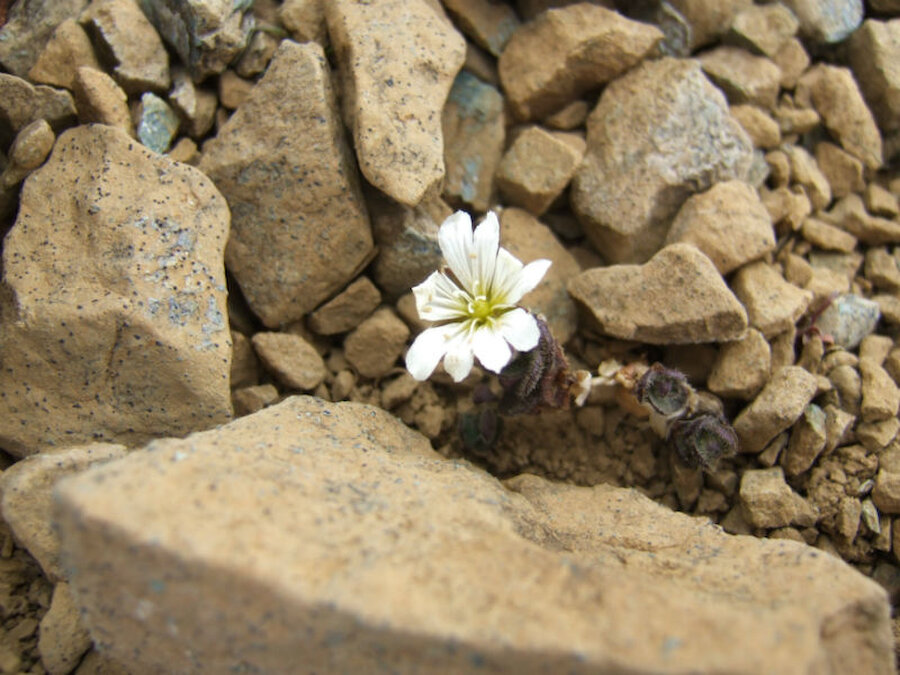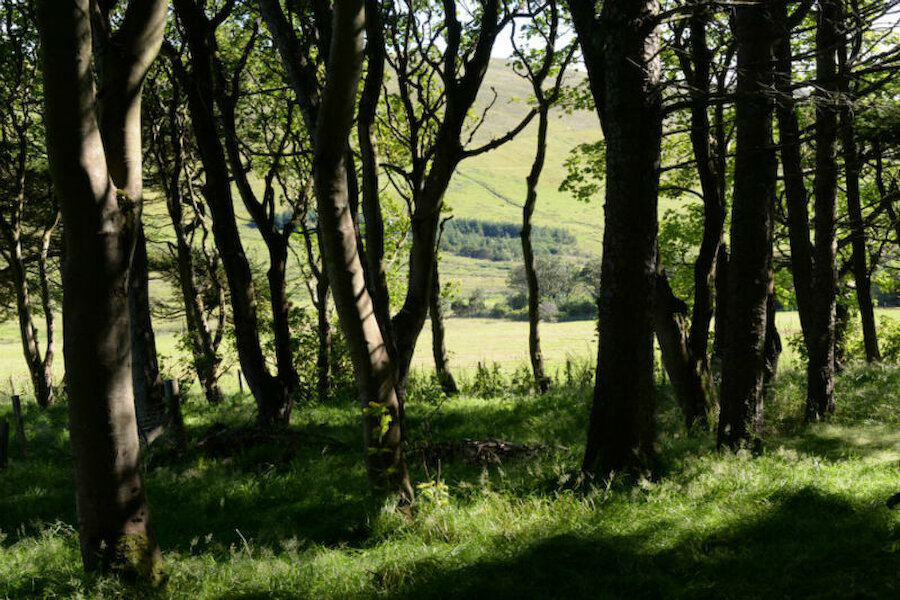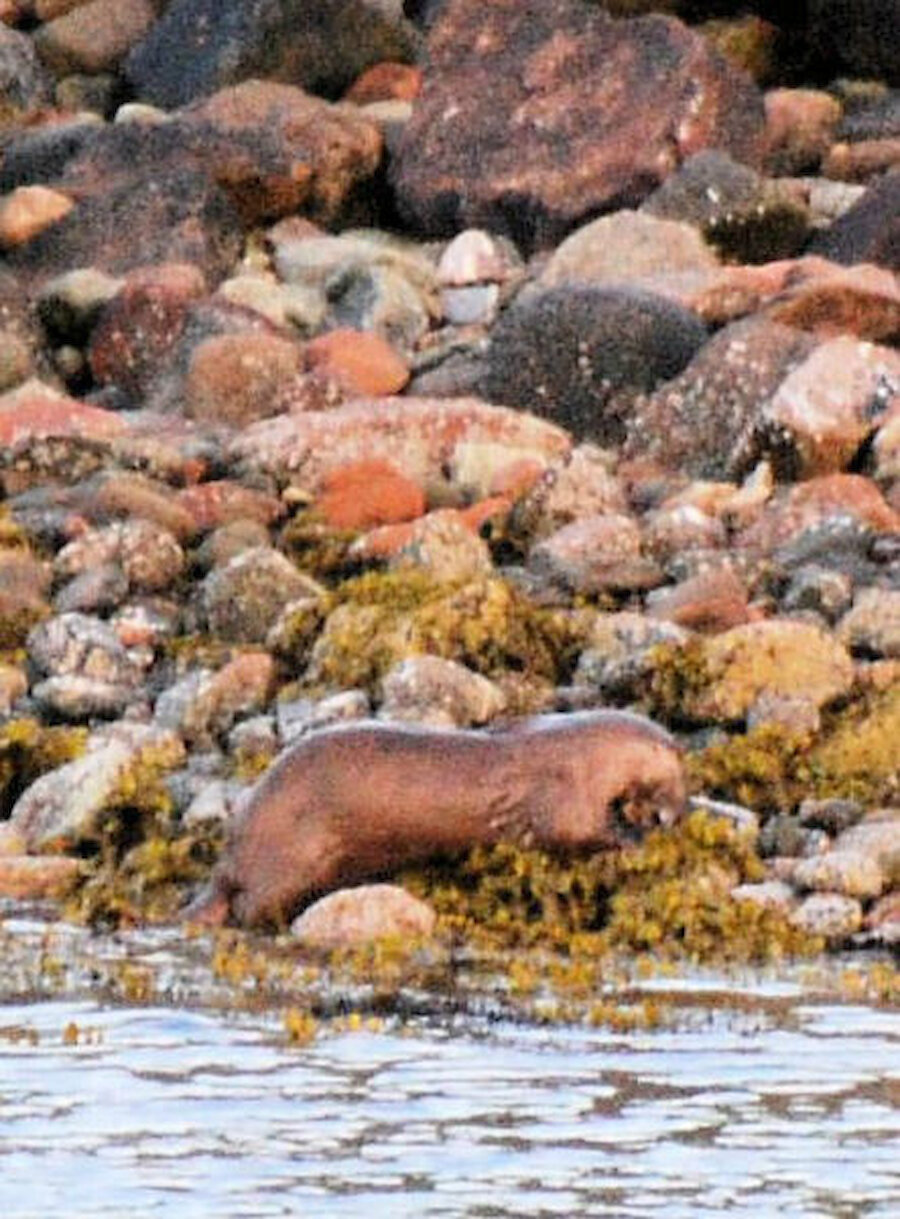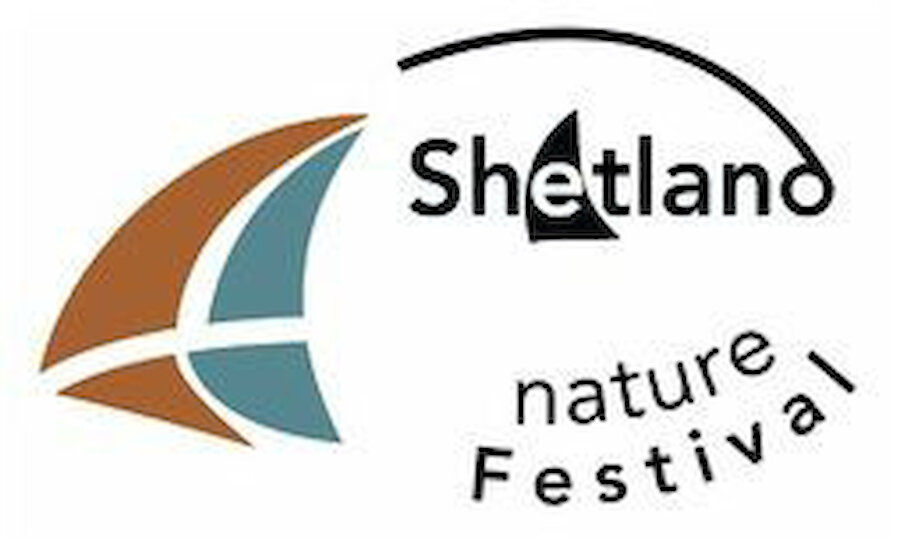The tenth Shetland Nature Festival, running from Saturday 1 to Sunday 9 July, offers a great range of events, all of them celebrating the islands’ wonderful natural environment. Some events are free and don’t need booking in advance..
The festival gets under way with one of those free events, the Noss Open Day, which has had a place in the calendar for decades. Noss is a National Nature Reserve and its seabird cliffs are unquestionably one of the highlights of Shetland. To get there, visitors need to take the ferry from Lerwick to Bressay, then make use of the free transport provided, first to the east side of Bressay, then by inflatable boat across a narrow stretch of water to Noss. A walk around the island, with some time spent contemplating those cliffs, takes around four hours, a little longer if you want to do some more intensive bird-watching.








